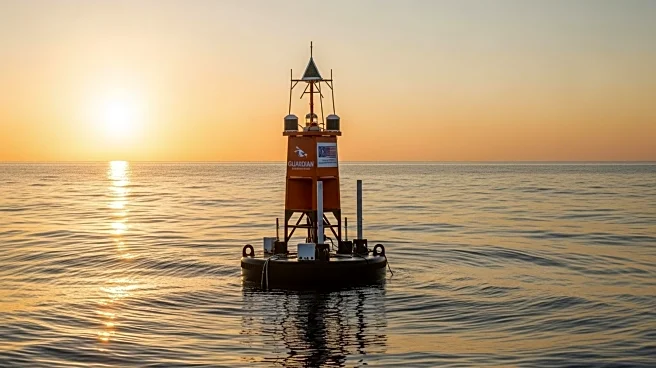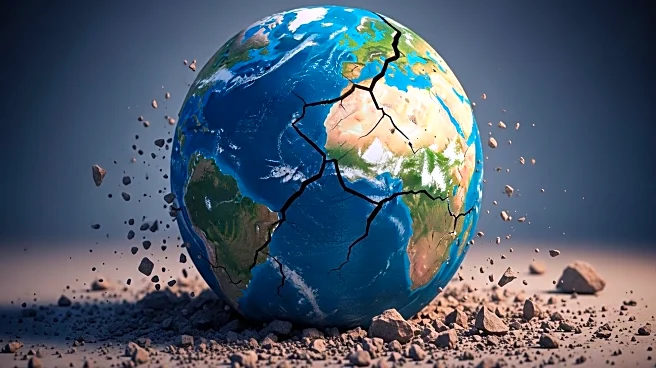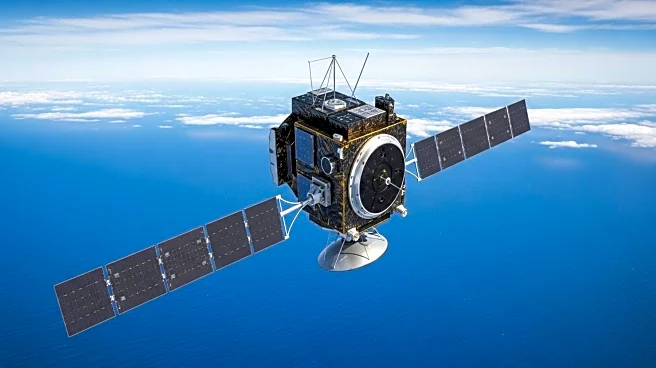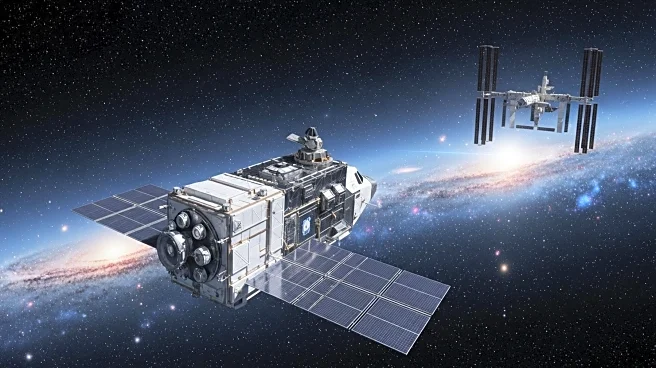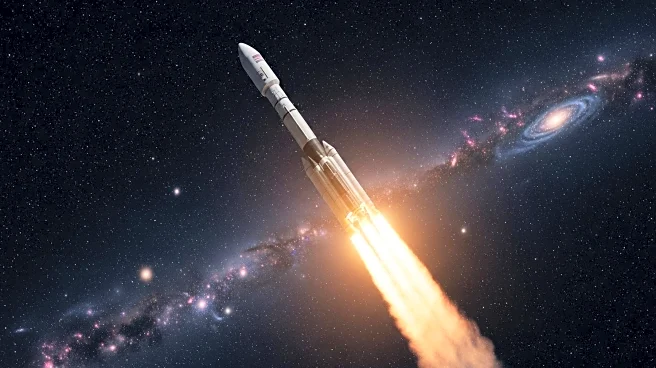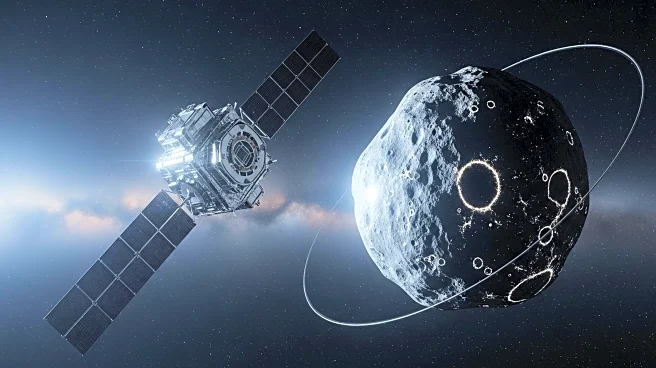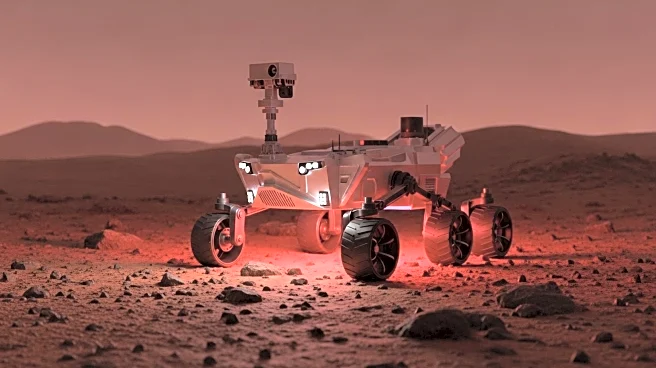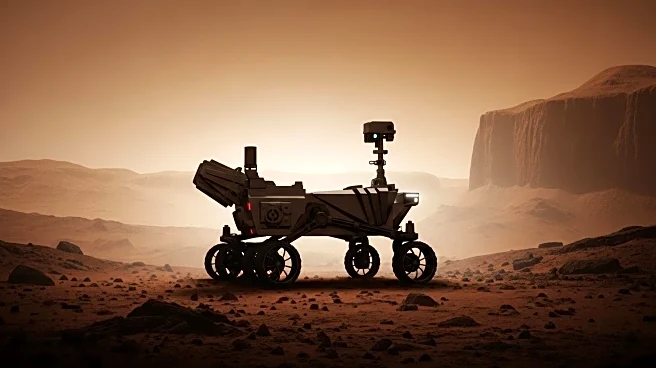What's Happening?
NASA's Jet Propulsion Laboratory (JPL) has successfully tested an experimental tsunami detection system known as GUARDIAN (GNSS Upper Atmospheric Real-time Disaster Information and Alert Network). This system was put to the test following a magnitude 8.8 earthquake off Russia's Kamchatka Peninsula, which triggered a tsunami. GUARDIAN detected atmospheric pressure waves caused by the tsunami and issued alerts to experts approximately 20 minutes after the earthquake. The system confirmed the tsunami's presence 30 to 40 minutes before it reached Hawaii and other Pacific locations. GUARDIAN utilizes data from the Global Navigation Satellite System (GNSS) to detect distortions in the ionosphere caused by tsunamis, providing a new layer of information to existing early warning systems.
Why It's Important?
The development of GUARDIAN represents a significant advancement in tsunami detection technology. By providing near-real-time data, it enhances the ability of authorities to issue timely warnings, potentially saving lives and reducing property damage. Traditional methods rely on seismic data and deep-ocean pressure sensors, which can be sparse and expensive. GUARDIAN offers a cost-effective and global solution by using existing GNSS infrastructure. This technology could be particularly beneficial for coastal communities, offering them more time to evacuate in the event of a tsunami. The system's ability to detect tsunamis without needing information on their cause adds a valuable tool for disaster preparedness and response.
What's Next?
The successful test of GUARDIAN during the Kamchatka event paves the way for further integration into global tsunami warning systems. As the technology continues to be refined, it is expected to become a crucial component of next-generation forecasting. The system's developers aim to expand its capabilities and improve its accuracy, potentially increasing the lead time for warnings. Collaboration with international agencies and sharing data across borders will be essential to maximize the system's effectiveness. Future developments may also explore the use of artificial intelligence to enhance signal detection and interpretation.
Beyond the Headlines
GUARDIAN's ability to detect tsunamis from space represents a paradigm shift in disaster monitoring. By observing ocean dynamics from above, it provides a unique perspective that complements traditional ground-based methods. This approach could lead to broader applications in monitoring other natural disasters, such as volcanic eruptions or severe weather events. The open-access nature of GUARDIAN's data also promotes international cooperation, emphasizing the importance of global collaboration in addressing natural disasters that transcend national boundaries.
